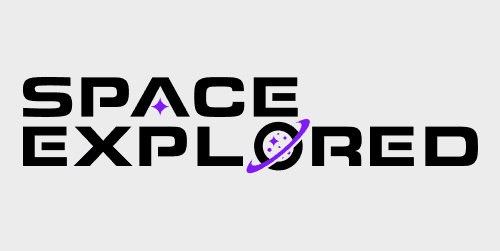
Microsoft has announced plans to take its Azure cloud computing ecosystem to orbit with its new Azure Space platform. Enterprise customers heavily rely on Azure data centers for server-based services. The latest expansion makes Microsoft’s platform fit for space missions and beyond. Microsoft will also partner with SpaceX for its low Earth orbit broadband satellite constellation known as Starlink.
Microsoft describes the partnership with SpaceX in its announcement:
- Our new partnership with SpaceX Starlink will provide high-speed, low-latency satellite broadband for the new Azure Modular Datacenter (MDC)
- Building on our existing Azure Orbital partnership with SES, we will support its O3B Medium Earth Orbit (MEO) constellation O3b MEO, to extend connectivity between our cloud datacenter regions and cloud edge devices.
SpaceX President and COO Gwynne Shotwell adds in a video discussion with Microsoft Azure VP Tom Keane that the two companies will help each other gain customers for Starlink and Azure through the partnership.
Microsoft and SpaceX will target intelligence and defense government customers to start as infrastructure for Starlink and Azure Space are deployed. Future customers may come from telecommunications, energy, and agriculture companies in the private sector.
Microsoft intends for Azure Space to help solve the “toughest technology challenges that our customers face in space: dealing with the vast amount of data generated from satellites, bringing cloud services and bandwidth to the most remote locations, and designing highly complex space systems.”
For companies preparing for future space missions, Azure Space will feature an orbital emulator for testing data models before deploying actual hardware:
As space missions and satellite capabilities become more accessible, we are developing reliable, repeatable digital technologies to help the space community launch faster and with mission assurance. The first of these is Azure Orbital Emulator. Commercial and government space organizations are developing thousands of interconnected satellite constellations which require precise planning and sophisticated AI-driven formation protocols, to ensure optimal networking connectivity and operational coverage on-orbit.
Azure Orbital Emulator is an emulation environment that conducts massive satellite constellation simulations with software and hardware in the loop. This allows satellite developers to evaluate and train AI algorithms and satellite networking before ever launching a single satellite. Azure can emulate an entire satellite network including complex, real-time scene generation using pre-collected satellite imagery for direct processing by virtualized and actual satellite hardware.
In addition to SpaceX, Microsoft will partner with SES, KSAT, Viasat, Kratos, AMERGINT, Kubos, and US Electrodynamics for Azure Space. Starlink is expected to reach public beta in the northwestern United States later this year.

More
- SpaceX Starlink by the numbers [October 18, 2020]
- Watch: SpaceX launching 60 internet satellites to space on fourteenth Starlink mission
- OneWeb finds life after bankruptcy as satellite internet competition mounts from Starlink
FTC: We use income earning auto affiliate links. More.


Comments